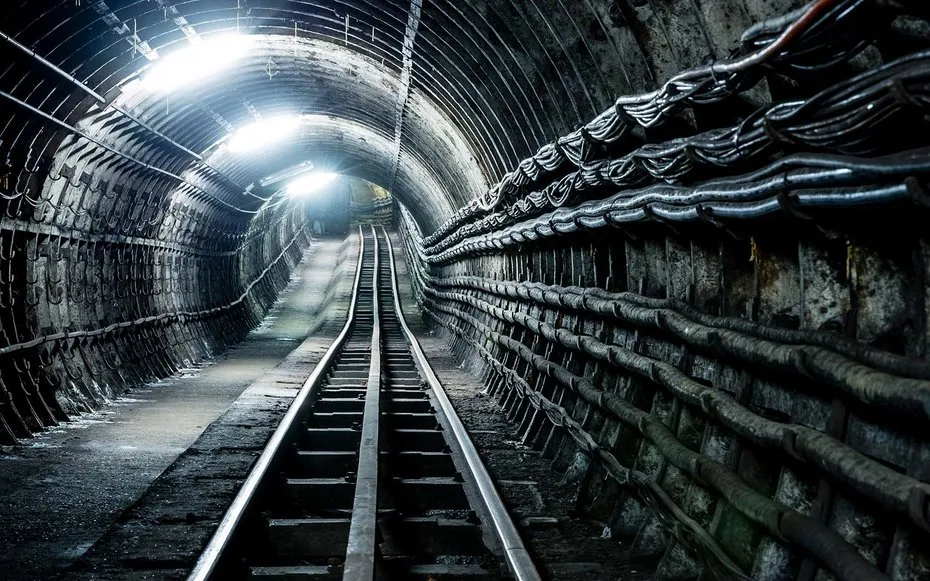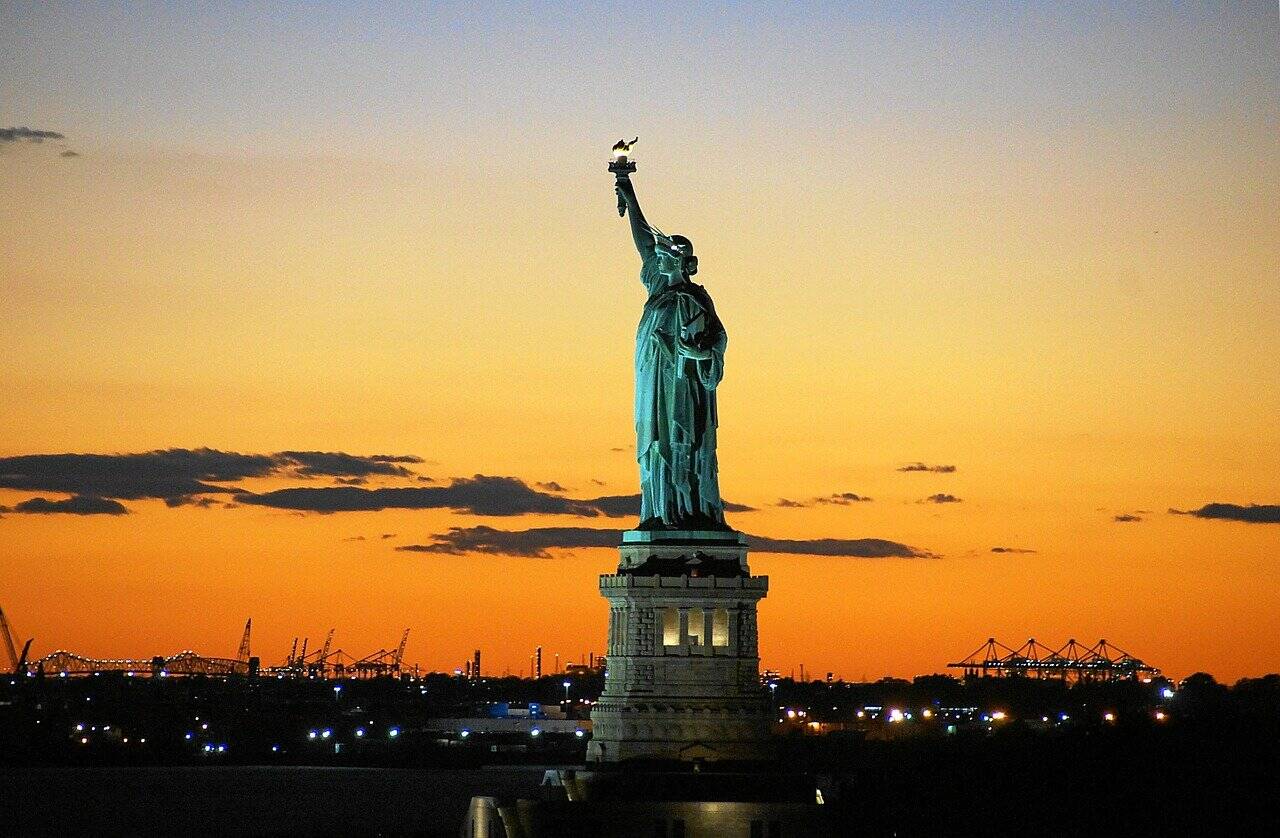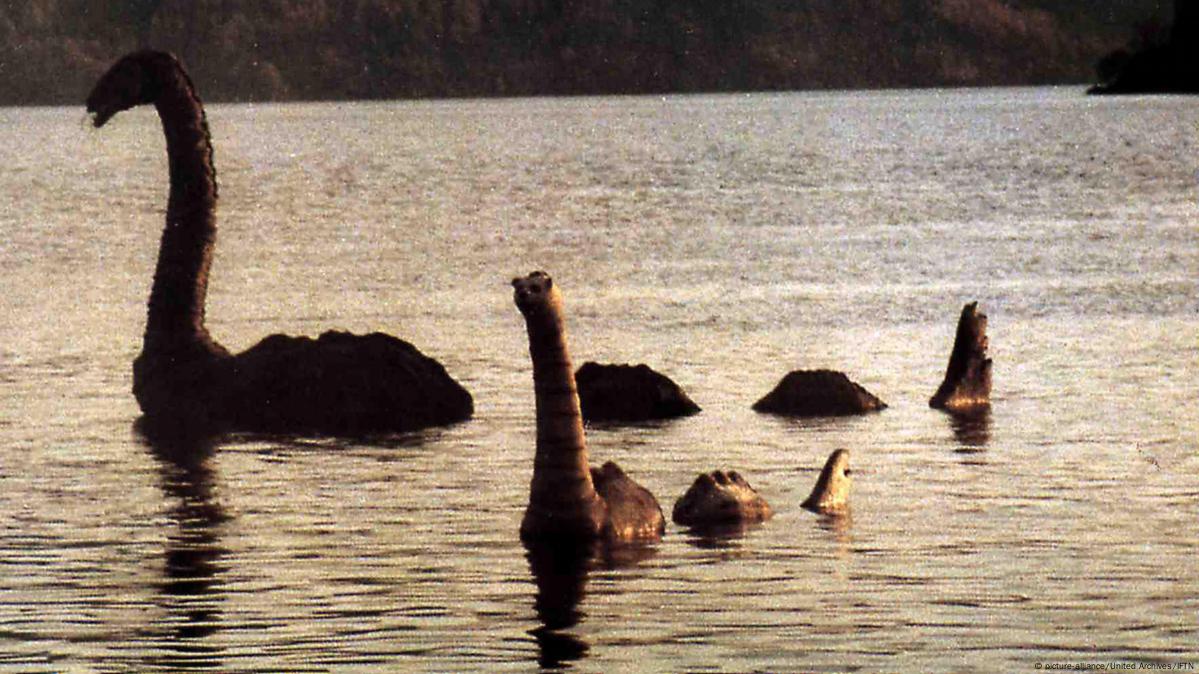Tourist attractions draw millions of visitors every year eager to experience history, culture, natural wonders, and more. While these iconic sites may seem familiar, they still hold some fascinating secrets and hidden facts that you probably didn’t know. From the ghostly legends of the Tower of London to the mysterious energy vortexes of Sedona, read on to uncover 10 captivating things about famous tourist attractions around the world.
The Leaning Tower of Pisa was almost straight when it was built

One of Italy’s most recognizable landmarks, this marble tower started tilting during construction back in 1173 due to soft ground settling on one side. The tower’s famous lean increased over time until efforts to stabilize the ground and structure in the late 20th and early 21st centuries reduced the tilt from a precarious 5.5 degrees to a more manageable 3.97 degrees.
You can explore hidden underground tunnels beneath the Tower of London

The medieval castle on the River Thames is filled with dark history, imprisoning the likes of Anne Boleyn and Guy Fawkes. But even darker secrets lie below the surface. Archaeologists have found remnants of secret tunnels used for prisoners to escape, to ferry supplies, and by palace guards. Some can only be accessed through archaeological excavation, but parts are open on the London Dungeon tour.
Mount Rushmore was meant to be much bigger

The 60-foot granite faces of U.S. presidents George Washington, Thomas Jefferson, Abraham Lincoln and Theodore Roosevelt draw over 2 million visitors annually. Yet the original sculptor, Gutzon Borglum, envisioned the memorial to represent the first 150 years of American history from the founding fathers to the Declaration of Independence. Lack of funding forced the project to end prematurely.
The Great Wall of China isn’t actually one continuous wall
:max_bytes(150000):strip_icc()/great-wall-of-china-5bf5a5e1c9e77c00586cd430.jpg)
Built to protect the northern borders of the Chinese Empire, this global wonder stretches over 13,000 miles across northern China. Despite the name, the Great Wall is a series of non-contiguous walls, trenches and natural barriers constructed by different states in different eras. China’s first emperor Qin Shi Huang combined earlier fortifications in the 220s BC.
The ruins of Machu Picchu have secret designs

Hidden in the mountains of Peru, this 15th century Incan citadel wasn’t revealed to the wider world until 1911. High in the Andes, its remote location helped preserve the ancient site full of palaces, temples and farms. Scholars have since discovered a wealth of hidden designs, including the outline of a hummingbird and the Southern Cross constellation within the structures.
The Statue of Liberty was almost a lighthouse

Lady Liberty holds her torch high as a universal symbol of freedom on Liberty Island. But did you know that Frédéric Auguste Bartholdi, the French sculptor who designed it, originally envisioned the statue as a lighthouse guiding ships into New York Harbor? This idea evolved into a female figure and beacon of democracy gifted from France to America in 1886.
Egypt’s Great Sphinx has a hidden tunnel beneath it

This colossal limestone sculpture next to the Great Pyramids has the head of a human and body of a lion. New investigations using muon particle detectors found a large empty space about 50 feet long hidden behind the carved beast’s head. It’s speculated that this could be an undiscovered tunnel or chamber, but its true purpose remains an enigma.
Scotland’s Loch Ness has surprisingly clear water

Mythical sea monster Nessie is said to lurk in the deep, dark waters of this lake in the Scottish Highlands. However, the water visibility can reach up to 26 feet – unusual for a large, murky lake. Some speculate this may be why so many visitors report monster sightings. But it also allows you to see the fascinating structure of the loch itself.
The Golden Gate Bridge makes music when the wind blows
San Francisco’s iconic orange suspension bridge stretching across the bay has a haunting secret – it can play its own musical tune depending on the wind. The bridge’s lightweight design allows wind to pass easily through its cables and towers, creating an eerie hum or moan that hits specific notes. Listen closely on a breezy day and you may hear a ghostly tune.
Australia’s Uluru can change colors throughout the day
Deep in the Red Centre of Australia’s Northern Territory, this giant sandstone rock formation can appear in various hues from orange and burnt red to purple and blue. The 348-meter monolith is comprised of minerals that change oxidation states when hydrated. This causes optical illusions of color variations throughout the day in different lights and weather.
Conclusion:
The next time you visit a famous tourist site, keep an open and curious mind. Look closer and you may spot architectural secrets, hear haunting sounds, or discover hidden spaces you never noticed before. Paying attention to the unusual details can unveil the magic behind these incredible global attractions. So explore like a detective and peel back the layers of stories and legends that make these places more phenomenal than you ever realized. What will you discover on your next great travel adventure?
Did you like this article? Do not hesitate to share it on social networks and subscribe to Discover the World on Google News to not miss any articles!